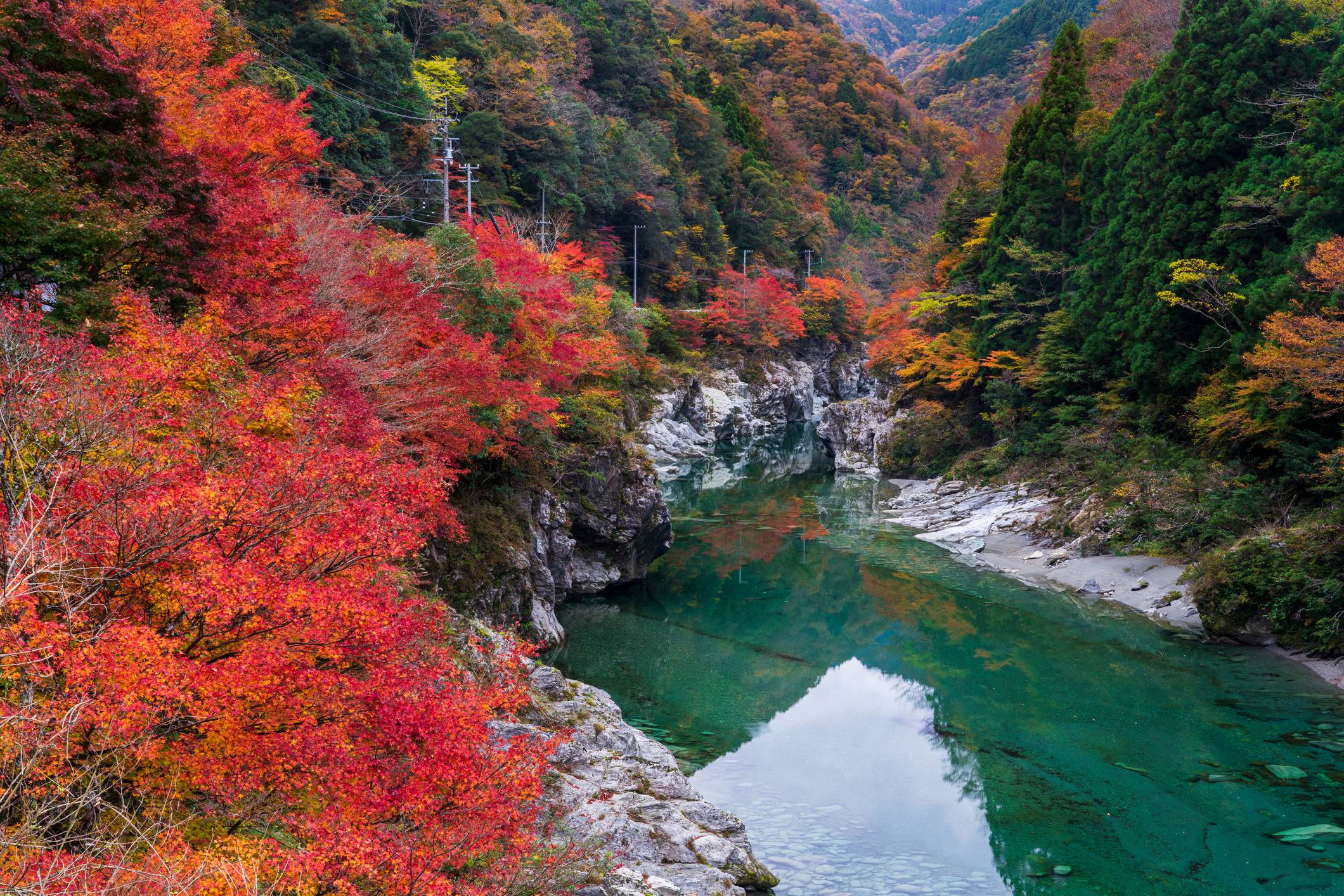Japan has been fortunate in the distinction of its visiting writers. Many, including the likes of Rudyard Kipling, Edmund Blunden, Marguerite Yourcenar and Angela Carter, published memorable works inspired by their stays here. One figure who continues to enjoy affection among Japanophiles is Yorkshire-born travel writer and explorer Isabella Bird (1831-1904).
In the latter half of the 19th century, Bird was among a slowly emerging breed of women exiting the confines of the Victorian parlor, stepping through the garden gate and boarding steamers to distant lands. She was already an accomplished writer and seasoned traveler when she arrived in Tokyo in 1878, having explored the far reaches of the globe, traversing from the volcanoes of Hawaii to the Rocky Mountains of North America. Her ambitious trajectories are studied in meticulous detail by Kiyonori Kanasaka, author of “Isabella Bird and Japan: A Reassessment” and “Unbeaten Tracks in Japan: Revisiting Isabella Bird.”


















With your current subscription plan you can comment on stories. However, before writing your first comment, please create a display name in the Profile section of your subscriber account page.